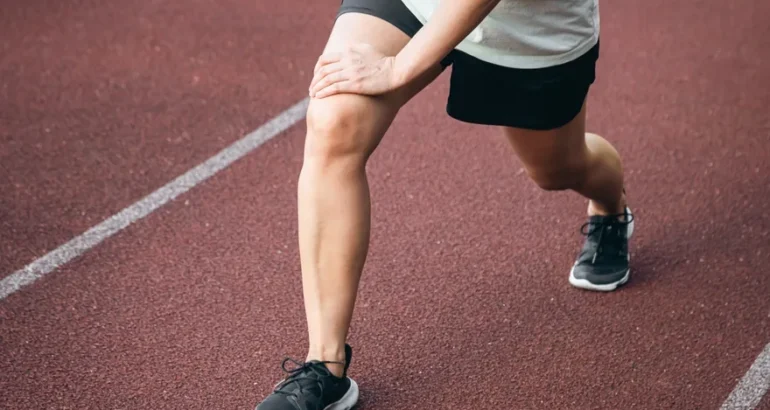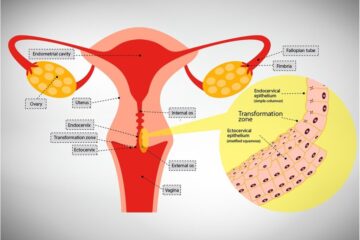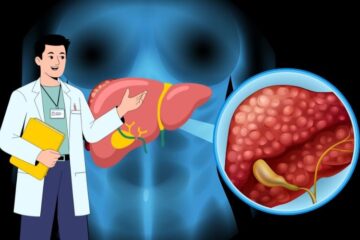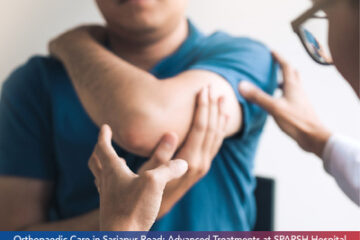What Muscles Are in the Hamstring?
The hamstring muscles are a group of three muscles that run along the back of your thigh, from your hip to just below your knee. These muscles work together to bend your knee, extend your hip, and control leg movement during activities like walking, running, and jumping. Your lower body’s power and stability are dependent on your hamstrings. The Hamstring Anatomy The three muscles of the hamstring are: The outermost hamstring muscle is the biceps femoris, which has a short and long head. The long, cord-like Semitendinosus muscle helps you flex your knee. It is on the inner side of your thigh. The semimembranosus is a broad, flat muscle that supports knee flexion and lies deep to the semitendinosus.
The ischial tuberosity
which is a bony projection at the base of your pelvis, is where all three hamstring muscles originate. After that, they cross the knee joint and travel down the back of your thigh before joining the bones of your lower leg. What the Hamstring Muscles Do The hamstring muscles are primarily responsible for the following: Knee flexion: The primary muscles that bend your knee and allow you to bring your heel closer to your buttocks are the hamstrings. Extending (straightening) the hip: When your trunk is fixed, the hamstrings help extend your leg behind you, as when taking a step backwards.
Rotating the lower leg: When your knee is bent, the hamstrings help rotate your lower leg inward (medially) or outward (laterally).
These hamstring functions are essential for activities like walking, running, jumping, and climbing stairs. During movement, the pelvis and knees are stabilized by the hamstrings and other leg muscles. Common Injuries of the Hamstring
It’s important to know the difference between a hamstring strain and a tear when planning treatment and recovery. Here are some of the most common hamstring injuries:
1. Hamstring strain
When one or more of the hamstring muscles are overstretched or partially torn, this is called a hamstring strain, which can also be called a pulled hamstring. This usually happens when you do things like sprinting or jumping that require sudden acceleration or deceleration. Sudden pain, tenderness, swelling, and bruising at the back of your thigh are signs of a hamstring strain. You may also experience weakness and difficulty moving your leg.
2. Brute Hamstring
A more severe injury known as a hamstring tear involves either a complete or partial muscle fiber rupture. This can occur when the hamstrings suddenly contract strongly, frequently during explosive movements. A hamstring tear can cause severe pain, swelling, and significant weakness in the affected leg. You may hear a popping sound at the time of injury and find it difficult to walk or bear weight on the injured leg.
3. Tendinopathy
Hamstring tendinopathy refers to inflammation or degeneration of one or more of the hamstring tendons, which attach the muscles to the bones. Overuse or repetitive strain are common causes of this condition, especially in runners or athletes who frequently engage in hamstring-intensive activities. Symptoms of hamstring tendinopathy include persistent pain and stiffness at the back of the thigh, especially near the buttocks or knee. The pain may get worse with activity and get better with rest. Athletes who participate in sports that involve sprinting, abrupt starts and stops, or rapid changes in direction are particularly susceptible to hamstring injuries.
Risk Factors for Hamstring Injuries
Several factors can increase your risk of developing hamstring injuries, including:
Previous hamstring injury
Hamstring tightness or poor flexibility Specifically, muscle imbalances between the hamstrings and quadriceps inadequate warm-up prior to exercise Fatigue or overuse
taking part in sports that require quick changes of direction, jumping, or sprinting. What disorders and conditions affect the hamstring muscles? The hamstring muscles can be affected by other conditions in addition to tears and strains: When a tendon pulls away a piece of bone at its attachment point, this is known as an avulsion fracture. Muscle contusions: A bruise or hemorrhage within the muscle of the hamstrings can result from a direct blow. Irritation of the sciatic nerve: Hamstring pain, tingling, or weakness can result from inflammation or compression of the sciatic nerve. Referred pain: Hamstring pain can sometimes be caused by problems in the hip, knee, or lower back.
What Are the Risk Factors for Hamstring Muscle Injuries?
There are a few things that can increase your risk of hamstring muscle injuries: Age: With age, muscle strength and flexibility tend to decline. Participation in sports: The risk is higher among athletes who participate in sports that involve rapid acceleration and deceleration, such as sprinting, hurdling, or other similar activities. Poor conditioning increases the risk of injury in weak or imbalanced hamstrings. Muscle tightness: Tight hamstrings are more likely to be overstretched during activity.
Injury history: Your risk of re-injury is increased if you have a history of hamstring tears or strains. How Can We Keep Our Hamstrings Healthy?
To prevent hamstring injuries and keep your muscles healthy:
Perform a thorough warm-up prior to engaging in physical activity to improve muscle flexibility and lower the risk of injury. Perform regular stretching exercises to maintain or improve hamstring flexibility.
Strengthen your hamstrings with exercises like hamstring curls, bridges, and Nordic curls.
To avoid injuries from overuse, combine your training with low-impact activities like swimming or cycling. To avoid overworking your hamstrings, gradually increase the intensity and duration of your workouts. If you feel pain or tightness in your hamstrings, listen to your body and rest. Read about the structure, function, and most common injuries of ligaments.
Conclusion
For managing musculoskeletal conditions, Metropolis Healthcare recognizes the significance of prompt and accurate diagnosis. Our team of qualified blood collection technicians can perform convenient at-home visits to collect samples, which are then processed at our advanced diagnostic labs. Metropolis enables you to prioritize your health and make informed decisions about your well-being by providing you with reliable results and individualized care.


1754924613.webp)


